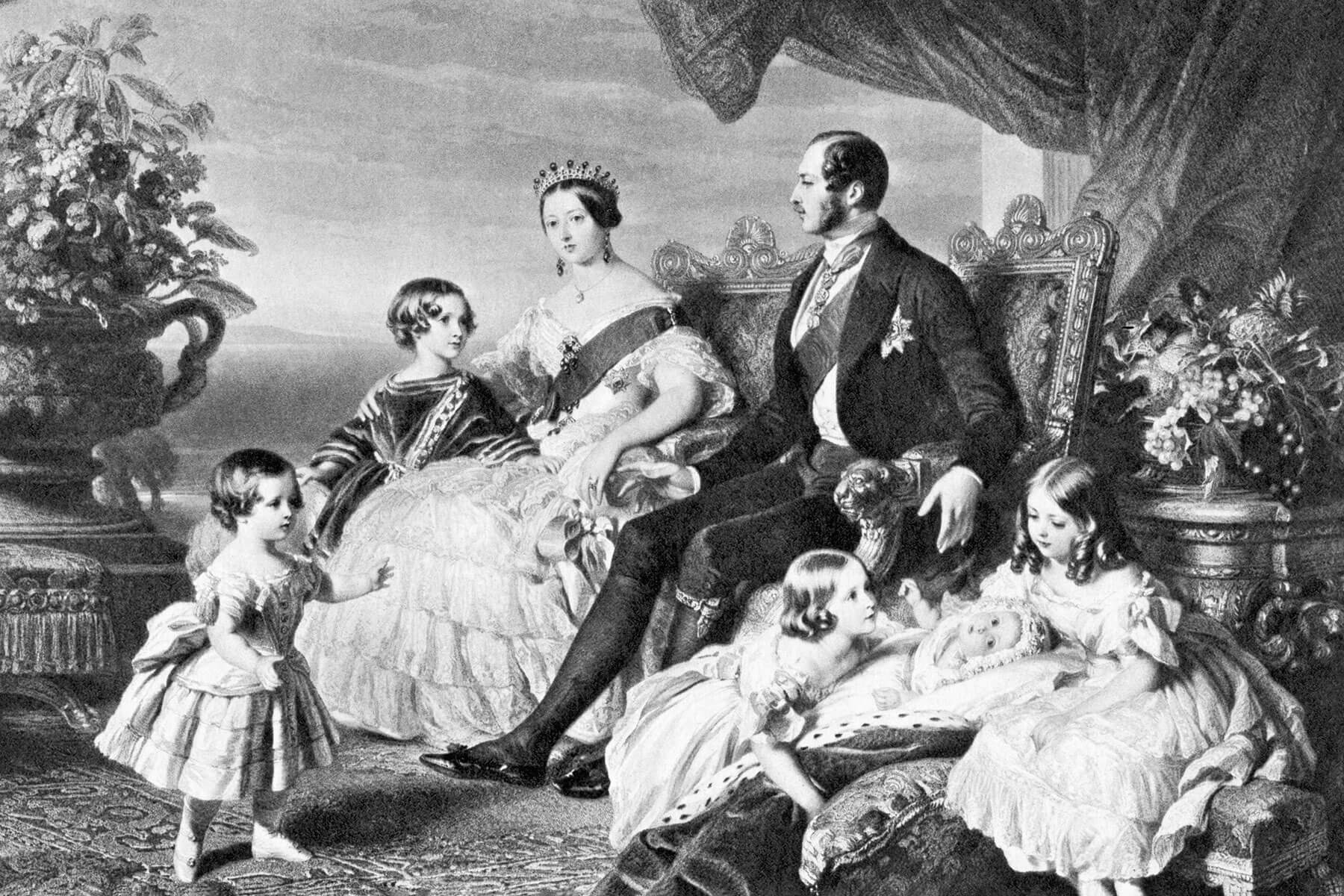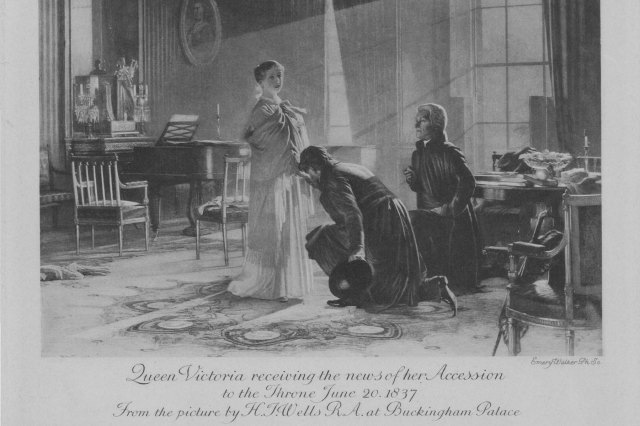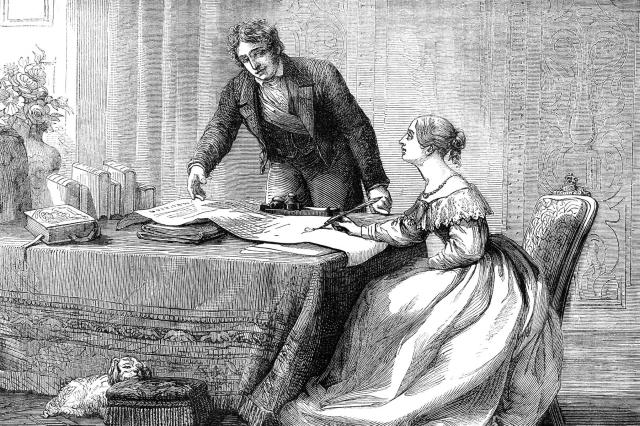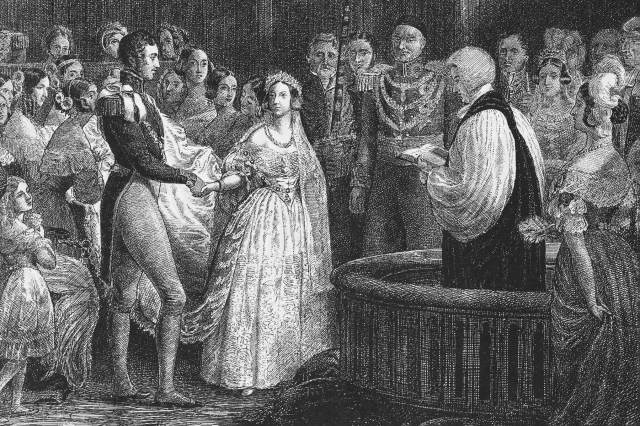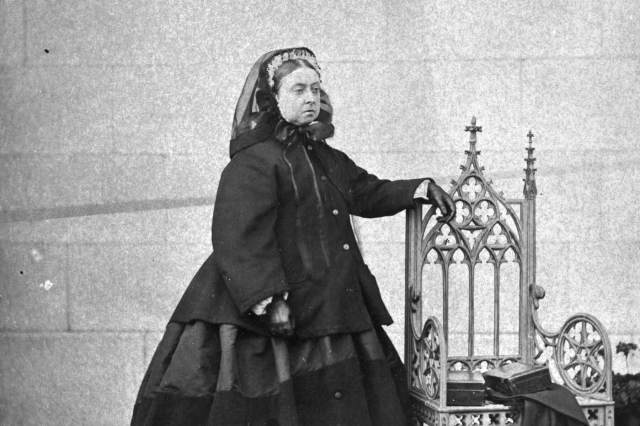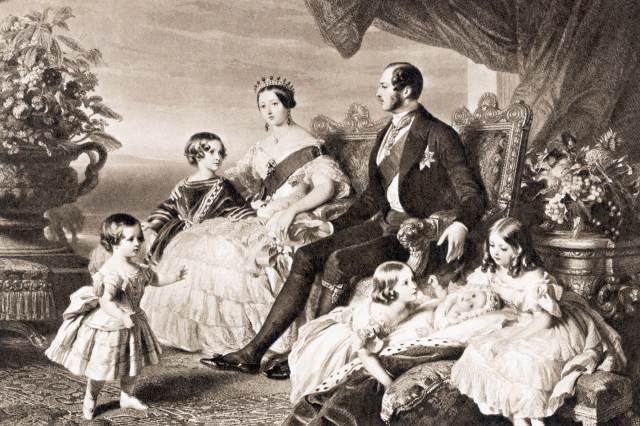7 Facts About the Life and Reign of Queen Victoria
Few royal monarchs hold as much fascination as England’s Queen Victoria. Her lengthy reign and complex legacy left such a lasting mark on Britain and the world that the era still bears her name. At her birth on May 24, 1819, Princess Alexandrina Victoria of Kent was only fifth in line to the throne. She was never expected to be queen, but fate had other plans for young “Drina.” Victoria ascended the throne on June 20, 1837, less than a month after her 18th birthday, and ruled for more than 63 years — longer than any British monarch except for her great-great-granddaughter Queen Elizabeth II.
During her rule, the diminutive Queen Victoria developed a reputation as a strong-willed and outspoken sovereign committed to expanding and strengthening the British Empire. She oversaw a time of unprecedented industrial expansion, political reform, and social change in England, but her time on the throne was also marked by aggressive colonization. Britain’s imperial reach nearly doubled during Victoria’s reign, until some 25% of the world’s population owed their allegiance to her. Here are seven fascinating facts about the life of the monarch known as the “grandmother of Europe.”
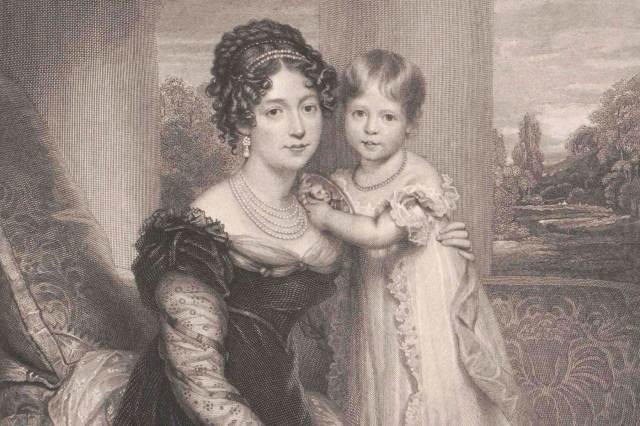
Victoria Was Delivered by a Woman Doctor
At a time when female doctors were rare, Victoria’s mother, Princess Victoria of Saxe-Coburg-Saalfeld, chose to have a woman deliver her baby, rather than a male royal doctor. In some historical resources, Charlotte Heidenreich von Siebold is referred to as a midwife or nurse, but she was formally educated in gynecology and obstetrics and received a doctoral degree in obstetrics from the University of Giessen in 1817. Madam Siebold, as she was called, delivered the future queen at Kensington Palace on May 24, 1819. Three months later, on August 26, 1819, von Siebold delivered Victoria’s first cousin, Prince Albert of Saxe-Coburg-Gotha, at Schloss Rosenau castle near Coburg, Germany.





